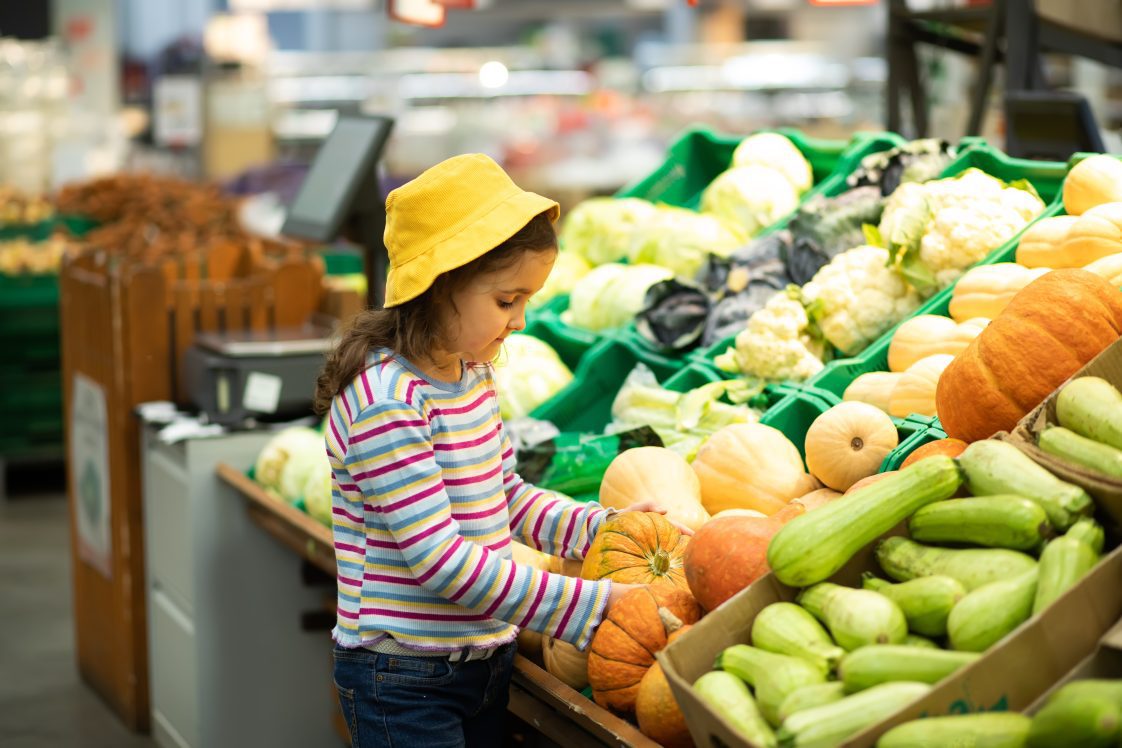Shopping
Seasonal shopping for fruits and vegetables – The Cullman Tribune

As summer ends and fall begins, it brings with it not only a change in weather but also a change in fresh produce. Typical summertime finds at your local grocery store may not be as readily available in the upcoming weeks. While summer produce—such as fresh berries, peaches, zucchini and summer squash—is waning, there are many autumn fruits and vegetables that are perfect for fall recipes.
The fresh produce available in fall includes pumpkins, acorn squash, cranberries, sweet potatoes, apples, and pomegranates, just to name a few. These fruits and vegetables will be harvested during fall and are great fresh foods to begin incorporating into meals and snacks. Whether you add them to a soup, smoothie, salad, or dessert, these ingredients are often easier to find, less expensive and still add many vitamins and minerals into your daily diet.
Eat them fresh or frozen
If you aren’t quite ready to switch out your favorite summer fruits and vegetables, you aren’t out of luck. If you can’t find fresh produce, frozen fruits and vegetables are always a great alternative. Many people have the misconception that frozen fruits and vegetables do not provide the same nutritional content as fresh. Frozen produce is a great way to incorporate fruits and vegetables into your daily meals and snacks, whether it is in season or not. Frozen items are usually less expensive, have a longer shelf life, and give your body the same nutrients as fresh produce. Whether it is frozen broccoli for your weeknight dinner or frozen berries for your morning smoothie, these items are great alternatives.
Whether they are fresh or frozen, it is important to incorporate these fruits and vegetables into your daily diet. The US Department of Agriculture’s (USDA) Dietary Guidelines for Americans recommends that adults consume two servings of fruits and three servings of vegetables daily as part of a healthy diet. The USDA developed a graphic called MyPlate that shows how to meet those recommendations. MyPlate shows that half of a person’s plate needs to be made up of fruits and vegetables for each meal. Fruits are full of vitamins and minerals— such as vitamin C, potassium, folate, and more—that can protect the body from chronic diseases and provide carbohydrates to fuel the body for daily activities. Similarly, vegetables offer the body nutrients—such as vitamin B, potassium, fiber and vitamin A—that can lower disease risk, aid in digestion, and help the body use the energy from food. Incorporating these food groups into your diet each day is the key to fueling your body well and keeping it healthy.
More information
Next time you are grocery shopping, check out the seasonal and frozen fruits and vegetables and think of ways that you can incorporate these into your meals. For recipe inspiration, check out the seasonal recipes on the USDA website, MyPlate Kitchen. Your local supermarket may also have recipe cards that detail how you can use seasonal fruits and vegetables. Things like smoothies, stir-fries, casseroles, and soups are great ways to use this produce in easy, everyday meals. They are so versatile and even the frozen versions, still taste like fresh. For more information, visit www.myplate.gov.









